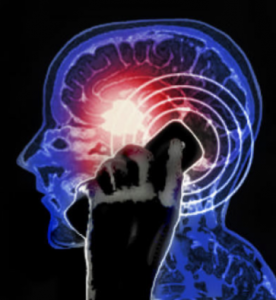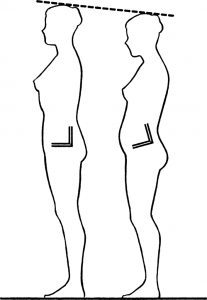
AirPods may pose health risks to users. (Image Source: Flickr)
Ever since their unveiling in 2016, Apple’s wireless AirPods which are cord-free in-ear headphones have risen to gain a millennial status symbol over the past three years. For instance, if you take a one-hour tour at the University of British Columbia (UBC), you may be surprised by the number of AirPods you would observe in people’s ear canals. From studying in libraries to talking to friends or listening to music while walking or jogging on Main Mall, students have their AirPods on literally everywhere! While many users might not think that there are any side effects to the use of these products, a group of experts has concerns about their harmfulness to human health. Jerry Phillips, a Biochemistry professor at the University of Colorado is one of these experts with strong beliefs that wireless headphones may be associated with tumors and related conditions.
“My concern for AirPods is that their placement in the ear canal exposes tissues in the head to relatively high levels of radio-frequency radiation,” Jerry Phillips told a Medium post.
To understand why Jerry and other 250 researchers from more than 40 countries signed a petition to the United Nations and the World Health Organization to warn about the health risks posed by wireless devices and the need to enforce regulatory measures for such devices, it is important to get an idea of how AirPods and other Bluetooth headphones work.
How do wireless headphones/earphones work

Electromagnetic Field spectrum. (Image Source: Flickr)
Wireless headphones utilize the Bluetooth technology where data between devices is transmitted by radio waves. These radio waves are in the 2.4–2.48 GHz frequency range to wirelessly transmit signals between devices which means that there are about 2.4 – 2.48 billion waves per second traveling really fast between cellphones or headphones. This is also a similar range used by microwaves, WiFi and other devices.
So, what’s the problem with that in relation to Airpods?
According to a press release by the World Health Organization (WHO), the International Agency for Research on Cancer (IARC) classified radiofrequency electromagnetic fields (EMFs) as possibly carcinogenic to humans. These same EMFs are produced by Airpods and other Bluetooth headphones which have been shown to cause cancer in rats according to research in 2018.

Radiation exposure from wireless devices (Image Source: Flickr)
However, the amount of non-ionizing (or low level) EMFs emitted from Bluetooth headphones or earphones such as AirPods is usually less than the amount emitted by cell phones. Maybe before giving up on AirPods or other Bluetooth headphones, one may need to give up on their cell phone to begin with.
The Apple company that makes these AirPods mentioned that “Apple products are always designed and tested to meet or exceed all safety requirements”.
While many Bluetooth earphones-making companies assure their buyers of the safety of their products, people may need to think twice and make a personal decision based on their research and not just flow with the waves of the product’s popularity.
By Flipos Tadese

























